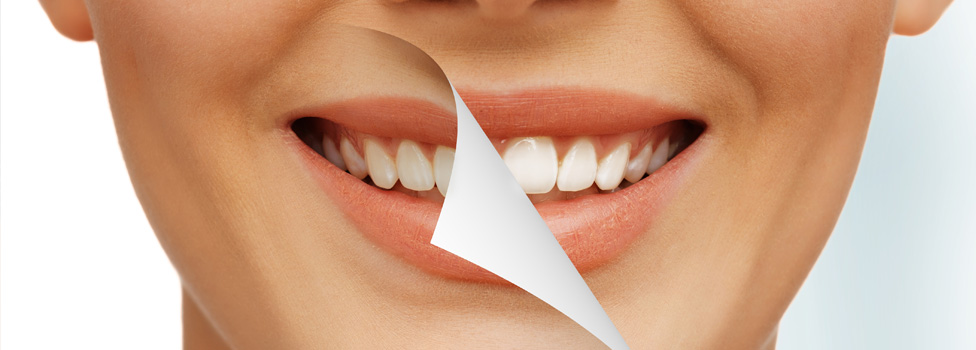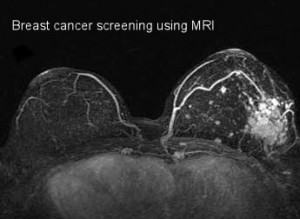
Before you decide on a surgeon for your fat transfer to facial procedure, make sure to consider the following things. Ask about the details of the procedure. This includes the person who will be performing it and how much pain they are experiencing. Also, what the recovery time is. Also, ask about the doctor's experience with patients in the past. Ultimately, success depends on the skill of the surgeon. For now, you can read this article to learn how to find a great surgeon.
Candidate requirements
There are different requirements depending on what type of fat transfer is performed. Candidates should be in good health and free from any chronic or serious conditions. Smoking is disqualifying for this procedure. Patients must quit smoking prior to the procedure. It is essential to give up cigarettes to avoid complications and to receive good results from the procedure. You should fully understand all the benefits and risks before you book your appointment.
Candidates for this procedure must be healthy men and women who have no significant underlying health problems that would limit the procedure's results. The patient must also be relatively young and have realistic expectations. Dr. Gardner will discuss with you the potential risks and benefits of fat transfers to the face. This consultation will help you determine if this procedure is right. You might also notice a slight swelling or loss in your skin volume.

Time to recover
While the recovery time for fat transfer to face procedures varies from patient to patient, most can expect to miss at least seven days of work or social activity after the procedure. The area will heal slowly and the swelling will diminish until the final results become apparent. Although the process takes a short time, it is important that you allow for adequate recovery time. Final results should be visible after approximately six months.
There are usually no visible scarring after the procedure. A thin tube, called a cannula, is used to collect the fat from the donor site. The fat then needs to be washed and then processed. In some cases, plastic surgeons use a centrifuge to process it. The fat is then injected through a canula. This is repeated until it reaches the desired area. You can continue this process until you reach the desired amount.
Pain level
The fat transfer to facial procedure may cause swelling and bruising. Applying ice compresses to the affected area during the first few hours after the procedure can help reduce the swelling. The swelling and bruising may continue for two weeks. Most patients can return to work in less time than one week. Patients should refrain from engaging in strenuous activities during the two-week period to allow fat to settle. Pain level during fat transfer to face procedures is mild, and the recovery is quick. For discomfort relief, your doctor may recommend pain medication.
Although it is painful, there are minimal risks of infection. The patient will be satisfied. Prescription pain medications are not required for most patients after the procedure. Some swelling can occur and patients will need to take time off from work to heal. Although it is less painful than a traditional facelift, it is still possible to have this procedure done. It is necessary to stay off work for several days after the procedure in order to allow the skin to heal.

Prices
The average cost for a fat transfer to the face procedure will vary depending on the location, type and number of areas being treated. A procedure performed in an office is more affordable than one in a hospital. You may also have to be awake during the procedure. This can affect how much it costs. Most patients fall in the middle of these prices. Below are some of these factors that can affect the price of a fat-transfer to face procedure.
The majority of fat transfer to facial candidates are healthy individuals trying to correct unflattering face wrinkles. A good candidate should have healthy skin and sufficient fat in the donor area, typically the lower abdomen or thighs. Patient should have realistic expectations regarding the outcome. It is important to choose a fat transfer to face procedure that is appropriate for your needs. Before the procedure, a consultation is highly recommended. It is important to assess the donor site quality before proceeding with the procedure.